According to the U.S. Bureau of Labor Statistics, 35% of employed people worked from home at least part of the day in 2023, which means strong virtual communication is no longer optional.
The challenge is balancing convenience with professionalism while keeping everyone engaged. This guide walks you through ten practical video conference tips, video meeting etiquette, and simple ways to elevate every virtual meeting you run.
- Strong video meeting etiquette helps your team stay focused, present, and connected.
- A polished setup — lighting, framing, and audio — boosts confidence and clarity.
- Clear agendas and balanced participation keep conversations productive.
- Hybrid-friendly tools make every virtual conference smoother for remote and in-room attendees.
Why Video Conferencing Skills Matter More Than Ever
Video calls shape the way people experience you — your reliability, your presence, and your confidence all come through the screen. The tech matters, but the real impact comes from structure, etiquette, and how intentionally you show up.
The right video conferencing equipment and habits reduce meeting fatigue, meaning your discussions stay focused and organized despite the digital environment. They also strengthen collaboration by making space for real-time teamwork across time zones and different workflows. Thoughtful practices support inclusive participation, giving remote teammates the same visibility and voice as those in the room. These skills make every conversation more meaningful, especially when paired with tools that support smooth remote collaboration and a cohesive collaborative workspace.
10 Video Conference Tips to Communicate Like a Pro
Before you hit "Join," a great video meeting comes down to a mix of thoughtful habits and the right setup. With a few small video conferencing best practices adjustments, you can turn any virtual conference into a constructive conversation that moves work forward.
1. Be on time and prepared early
A smooth meeting starts before anyone speaks. Give yourself a moment to get settled so you can show up focused and ready.
Joining a few minutes early helps you test your audio, video, and screen-share tools without holding up the group. It also gives you time to adjust lighting, close extra tabs, or grab the document you need. If you’re working from an unfamiliar room or setup, this buffer is even more valuable. A calm, prepared start sets the tone for everyone else on the call.
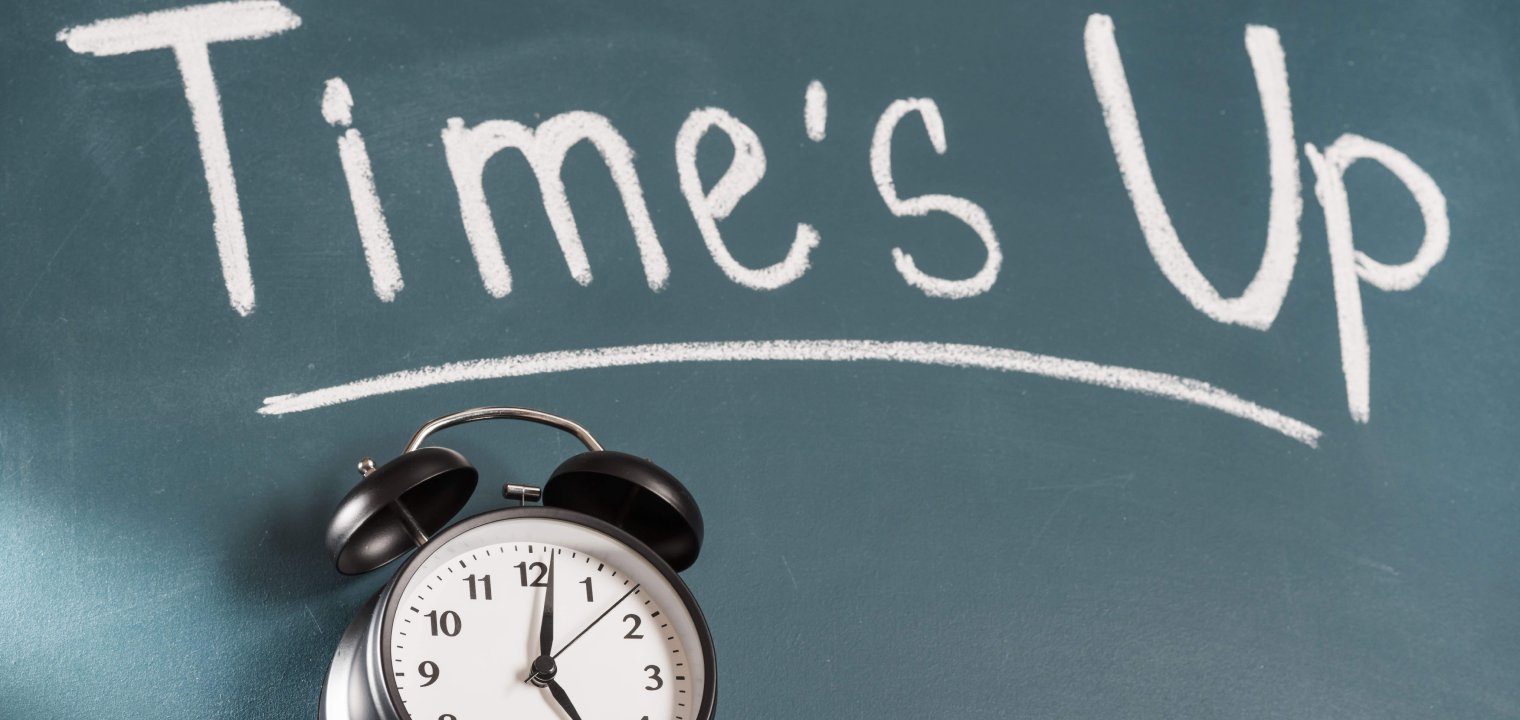
2. Perfect your camera angle and framing
Your camera angle shapes how people read your focus and confidence. A clean, eye-level view keeps your presence natural and engaging.
Set your camera so your eyes align with the top third of the frame and leave a bit of space above your head. Center yourself so the team can see your expressions clearly, not just part of your face or the top of your forehead. A stable, eye-level angle removes distraction and helps people connect with you more genuinely. Once it’s set, avoid adjusting the camera mid-meeting unless it’s really necessary — consistency helps everyone stay focused on the conversation.
3. Pick your environment appropriately
Your environment has a huge impact on how clearly people hear, see, and understand you. Choosing the right space keeps the attention on your ideas, not your surroundings.
Place your light source in front of you so your face is evenly lit — natural window light or a soft lamp works best. Avoid sitting with a bright window behind you, which can leave you silhouetted or washed out. Silence notifications, close noisy apps, and minimize movement in your background to keep the conversation smooth.
4. Have a backup plan in place
Even the best setups can hit a snag, so a simple backup plan keeps the meeting moving without stress. Think of it as your safety net for unexpected glitches.
For example, you can keep an alternate dial-in number, messaging channel, or shared document ready in case your connection dips or the platform freezes. This gives your team a clear path forward while you troubleshoot. If possible, loop in a co-host who can step in briefly. A little preparation turns a potential disruption into a minor speed bump instead of a stalled meeting.
5. Wear situation-appropriate attire
Just like during in-office interactions, what you wear on camera helps set the tone. It’s not so much about formality as it is about alignment with the moment and the people.
Choose clothing that matches the level of professionalism you’d bring to an in-person meeting. Solid, medium-tone colors look clean on camera and avoid the flicker that fine patterns can create. Pick something that contrasts with your background so you don’t visually blend in. And if your space isn’t photo-ready, use a tidy background or a light blur to keep the focus on you.
6. Break the ice and connect on a personal level
Does your team struggle to get the conversation off the ground? A few friendly moments at the beginning of a call help everyone ease into the conversation. Think of it as a quick reset before the work begins.
Start with a light check-in — a quick note about the day or a recent team win is more than enough. It doesn’t even have to be strictly work-related if you’ve got the time and need to break the ice. These small exchanges build rapport without derailing the agenda. Keep it brief and steer clear of personal or polarizing topics that can sidetrack the group. Once the team feels connected, transition smoothly into your first agenda point.
7. Provide a clear agenda and facilitation
Structure is the secret to a meeting that feels efficient instead of overwhelming. A simple agenda gives everyone the same direction from the start.
Share the agenda and any materials ahead of time so participants know what to expect. Open the call by reviewing goals and desired outcomes to set the pace. A designated facilitator can guide the discussion, manage time, and help keep the conversation on track. Use turn-taking cues like raised-hand tools or chat prompts to balance participation, and recap key points before moving on.

8. Keep yourself on mute when not speaking
Silent moments matter just as much as what you say. Muting protects the conversation from surprise noises and keeps everyone focused.
Staying muted when you’re not talking cuts out background sounds like typing, fans, or passing conversations. It also gives the active speaker a cleaner audio channel, which helps the whole team follow along. Unmute only when you’re ready to jump in — it’s a simple habit that instantly elevates the meeting. If you’re leading, model this behavior so others follow your cue.
9. Frequently look into the camera when speaking
Eye contact might feel different on video, but it still shapes how connected people feel to you. A quick glance at the lens can make your message land more clearly.
Position your camera at eye level so your gaze feels natural, not high or low. When speaking, look toward the lens during key points to create a sense of direct engagement. Keep your notes close to the camera so you can reference them without breaking the connection. And pause briefly after you finish talking — it gives others room to respond, especially if there’s a slight lag.
10. Keep all participants engaged
Hybrid meetings work best when everyone has equal presence, whether they’re in the room or calling in remotely. Building that balance takes intention.
Design your setup so remote attendees can see and hear clearly — cameras, microphones, and shared displays should support hybrid equity. Direct a few questions to remote participants early to invite their voices into the discussion. Share slides, documents, or notes digitally so everyone follows the same thread. And if you’re in a physical room, orient yourself toward the camera and limit side conversations so remote teammates feel included.
Advanced Video Conference Challenges (and How to Handle Them)
It’s only human to run into a problem mid-meeting, so you have to expect them to some degree. Here’s what you can do to be prepared when a digital disaster strikes.
1. Handling a technical disaster mid-meeting
When you hit a roadblock, acknowledge the issue quickly so everyone knows what’s happening and what to expect next. Lean on your backup plan or co-host to keep the conversation moving. Once the issue is resolved, offer a brief recap so no one feels lost.
2. Managing a participant who dominates airtime
Do you have someone who likes to over-participate? Summarize their point, thank them, and redirect by inviting others in: "Let’s hear from a few more voices." Use turn-taking tools or chat queues to keep the flow balanced and comfortable.
3. Navigating hybrid meetings where in-room voices overpower remote ones
To show that your remote employees are just as encouraged to jump in as the rest of the in-person team, assign someone to watch for raised hands, chat messages, or muted attempts from remote attendees. Pause regularly to invite virtual input and give remote teammates the same visibility as those at the table.
4. Dealing with video fatigue
If you have a day of meetings or a few long ones, build short breaks between calls to help everyone reset. Allow camera-off moments or shorter sessions when it makes sense. Modeling sustainable habits encourages your team to do the same.

Wrapping Up Your Video Conference the Right Way
A strong meeting ends with clarity, not a quiet fade-out. Take a moment to recap decisions, confirm who owns each task, and call out any follow-up items the group should expect. A quick "Before we wrap, let’s confirm responsibilities" brings everyone back into alignment. After the call, send recordings or resources while the conversation is still fresh so your team can keep the momentum going.
Revolutionize Your Video Conferences with Vibe Board S1
Great meeting habits go even further when your tech supports every moment of the conversation. Vibe Board S1 brings crisp visuals, smooth video conferencing, and a shared smart workspace together in one streamlined device.
This smart board’s accessory 4K AI camera and six omnidirectional mics give every voice equal presence — whether your team is gathered in the room or joining from across the country.
With seamless access to more than 250 apps from the Vibe App Store, you can brainstorm, present, teach, or run workshops without switching screens. Explore how the Vibe Board S1 makes your meetings more interactive and connected, and request a demo when you’re ready to elevate your setup.
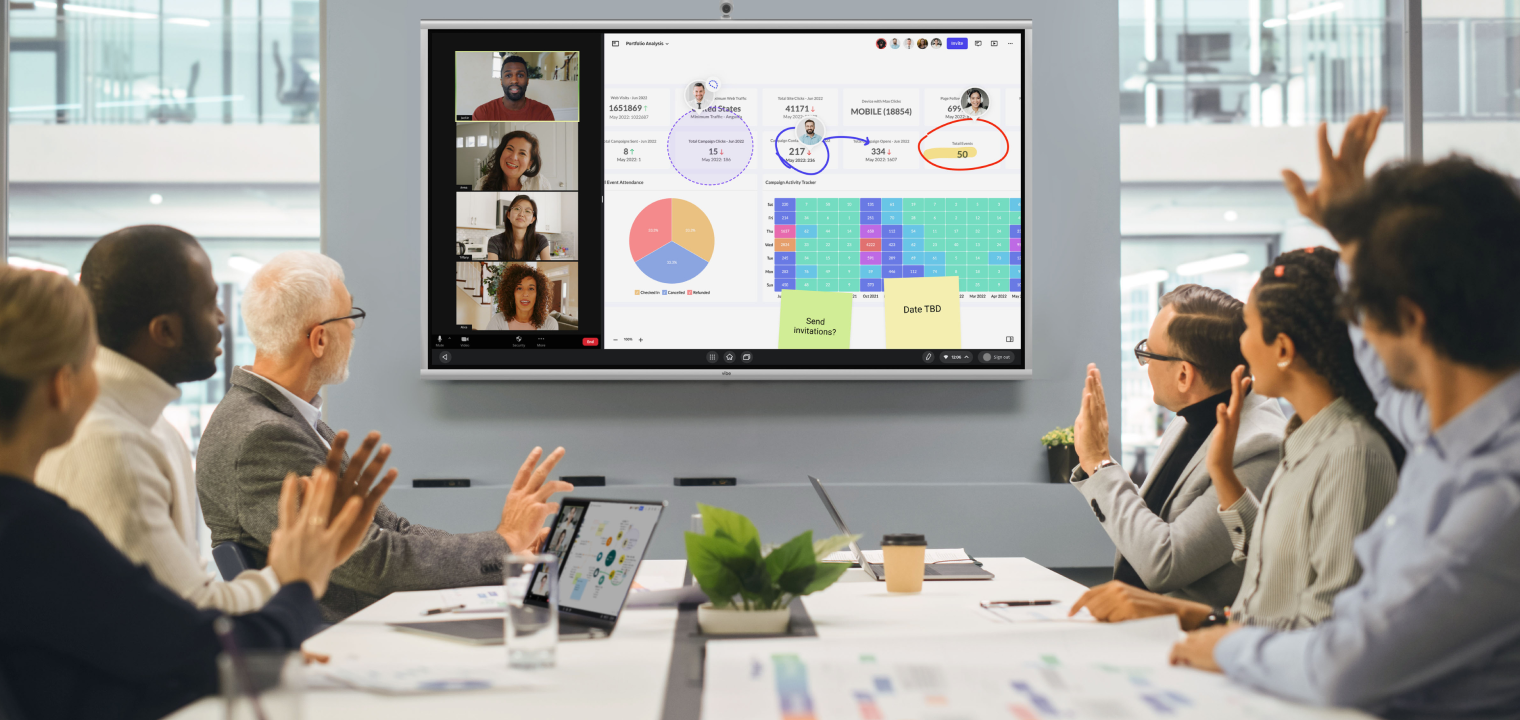 Team using Vibe Board for virtual meeting.
Team using Vibe Board for virtual meeting.Video Conference Tips FAQs
How to look better on a video conference?
Use natural front lighting, keep your camera at eye level, and wear clothing that contrasts with your background.
What is video conferencing etiquette?
Conference call etiquette is the set of behaviors that keep meetings professional — punctuality, focus, and respectful engagement.
How do you avoid awkwardness on video calls?
Practice with your setup ahead of time and keep your attention on others instead of watching your own video tile. Treat the call like an in-person conversation, and the interaction feels more natural for everyone.
What equipment do I need for better video calls?
A strong internet connection, a good webcam, a clear audio setup, and online collaborative software and tools like the Vibe Smart Whiteboard.




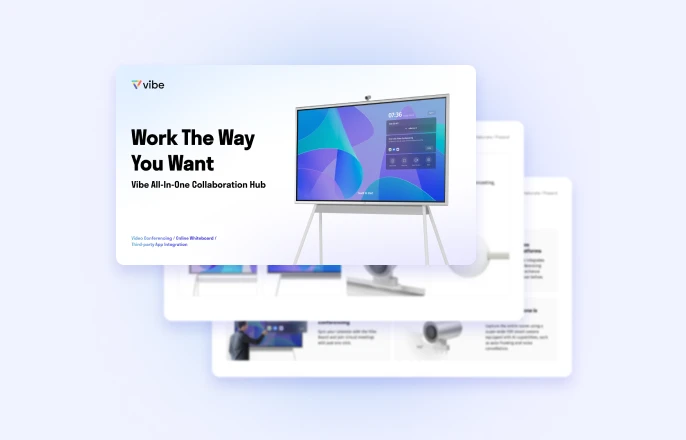
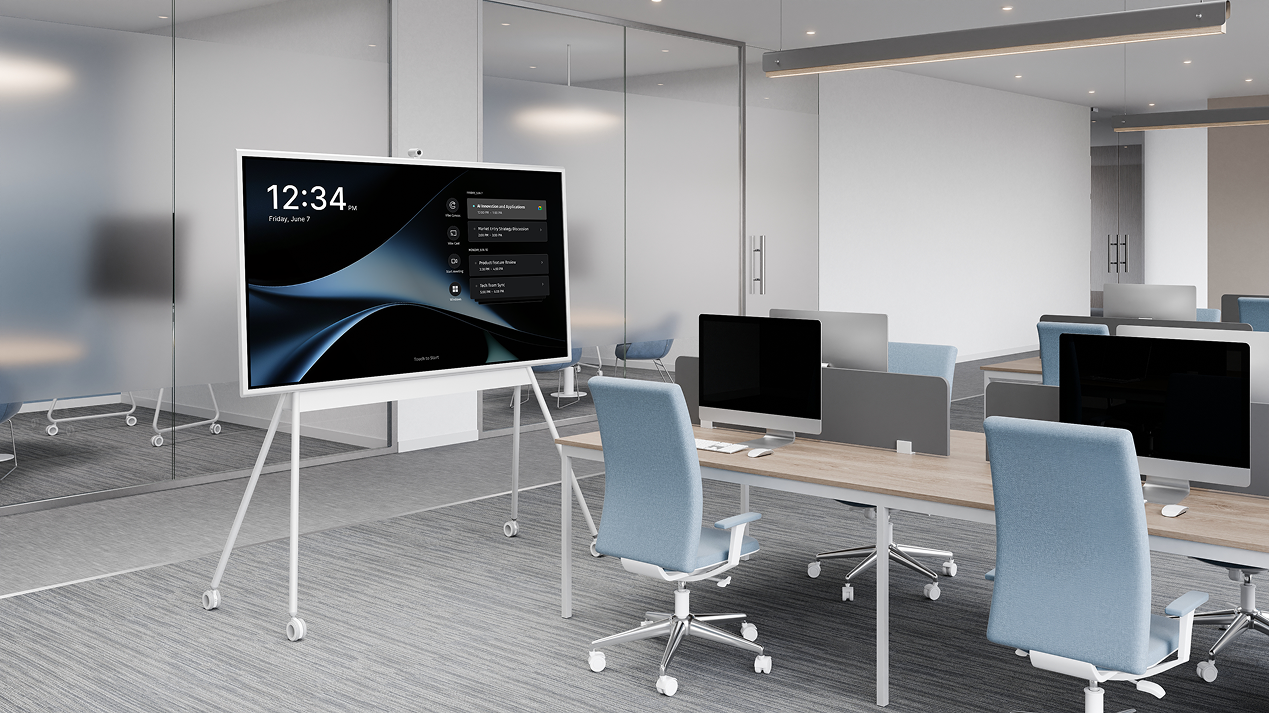
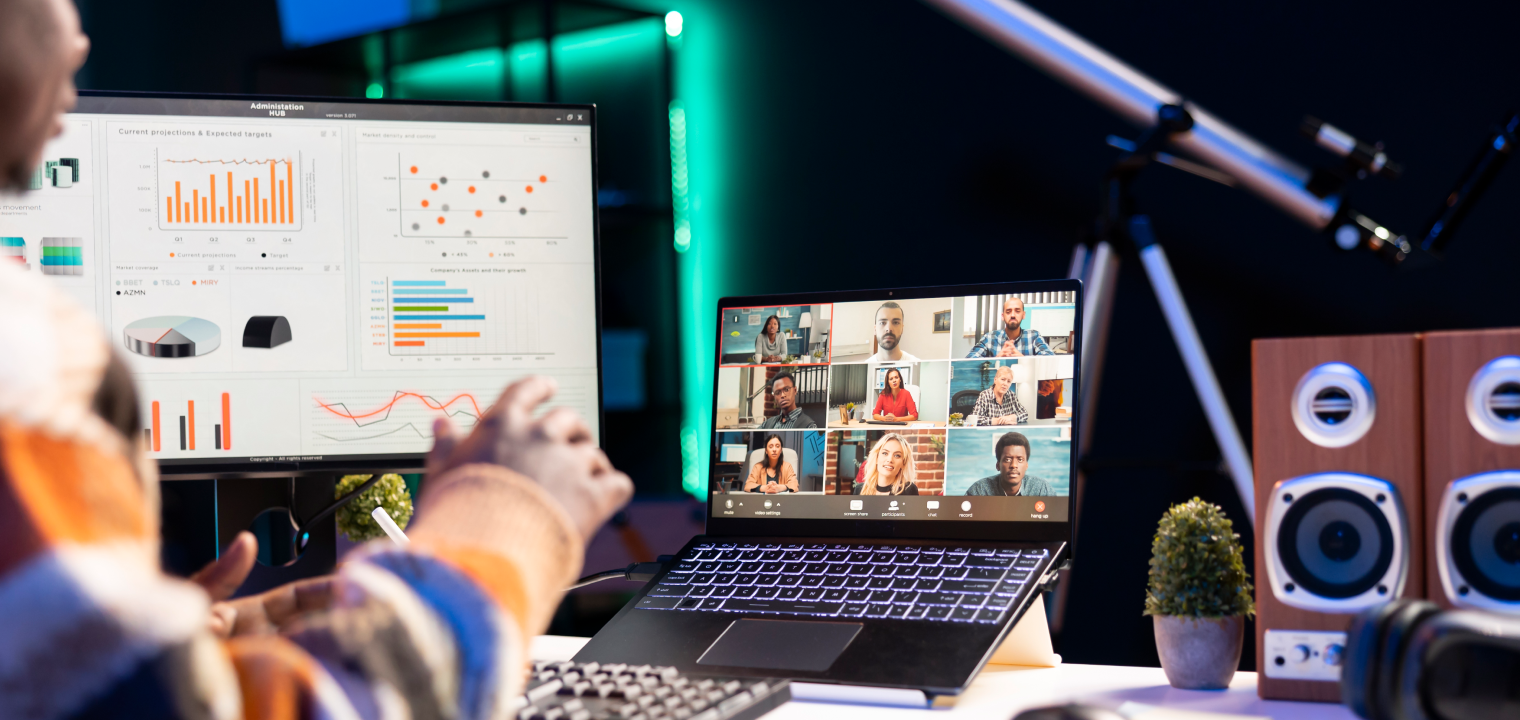
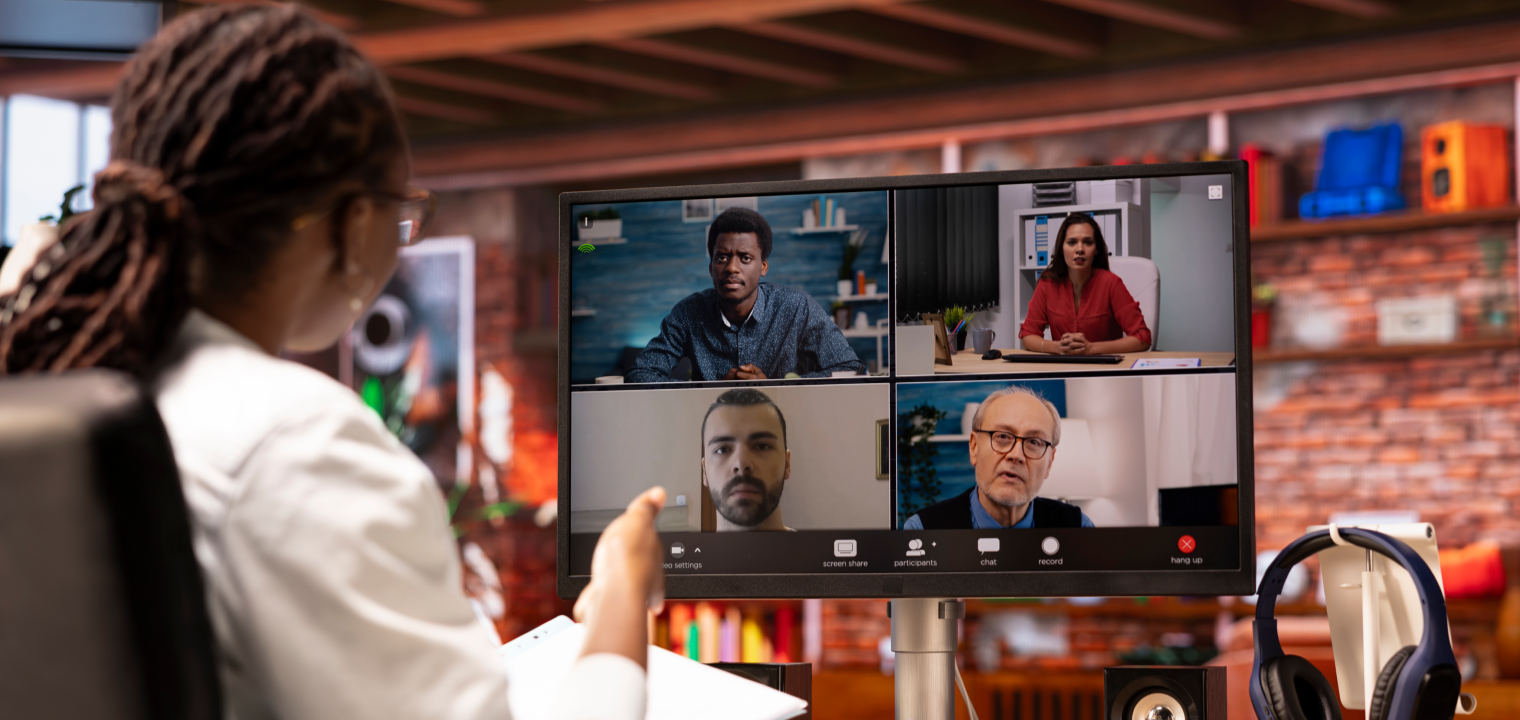

-1sbltxxq4FYxHrXrwJVLsCDNsXpqNa.webp)
-5Zp0pmSytvcuYDVs1LvuwplKuRneK0.webp)
